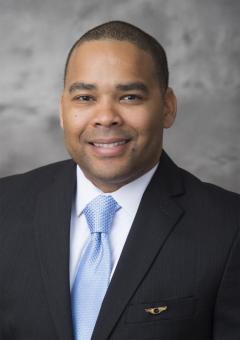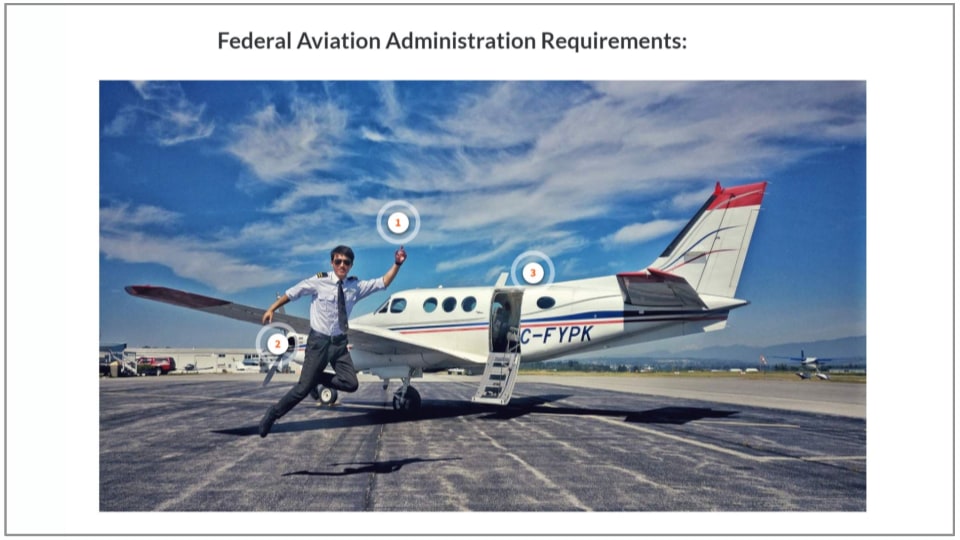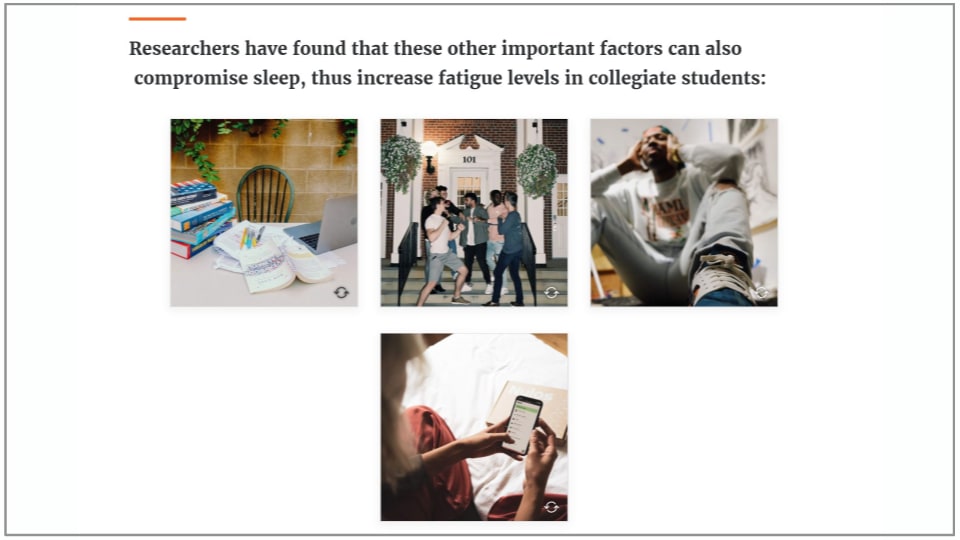 A few years ago, Julius Keller, assistant professor in Purdue University’s School of Aviation and Transportation Technology, talked with professional flight students about their college experience. He noticed that, along with flight schedules and a full semester of credit hours, student organizations, jobs and other activities placed significant demands on the time — and potentially the sleep — of these collegiate aviators.
A few years ago, Julius Keller, assistant professor in Purdue University’s School of Aviation and Transportation Technology, talked with professional flight students about their college experience. He noticed that, along with flight schedules and a full semester of credit hours, student organizations, jobs and other activities placed significant demands on the time — and potentially the sleep — of these collegiate aviators.
According to Keller, most existing research on pilot fatigue focuses on military flight operations and scheduled services such as long-haul or ultra-long-haul flights. Even though the aviation industry recognizes fatigue-related accidents as a challenging issue, little or no information was available for collegiate aviators — a glaring omission.
“Think about our college students,” said Keller. “They take a full semester of classes, they participate in student organizations, and they may also have a part-time job as flight instructors. They don’t have the typical on-duty/off-duty workday that you find in the airline industry.
Research discovers gaps in fatigue training
With the help of a team of faculty and graduate students, Keller created a research project focused on mitigating fatigue in professional flight students: the Development and Assessment of an Online Fatigue Training Program.
The initial phase of the research included gathering quantitative data via general information surveys distributed to multiple collegiate aviation programs across the United States, and qualitative data via quasi-focus group information on the challenges these students face in terms of getting proper sleep. Students also self-reported their sleep information for several semesters.
Keller and his team focused on gathering information about the schedule of typical collegiate aviators — time spent on studying, socializing, working, and other daily activities. They also evaluated student understanding and knowledge of fatigue and its impact on performance and decision-making. The information gathered here illuminated significant gaps in student knowledge.
“When we evaluated our survey results, I was surprised to learn that 50 percent of students in eight university aviation programs said that they had no formal fatigue training,” said Keller. “This is where we decided to pause and create this training program, with the goal of getting 90 percent of our student pilots trained on fatigue in the context of their current environment.”
This led to the development of an online fatigue training program developed specifically for 18- to 22-year-old collegiate aviators who face the unique challenges of a full-time college schedule along with piloting responsibilities. The training includes three major sections:
- Causes and symptoms of fatigue.
- Best practices for sleep and healthy lifestyle.
- Decision-making – related not only to what student pilots may face today, but also for what they may face in the future in the workplace.
The decision-making component of the fatigue training program includes decisions made before a flight. For example, family stress that leads to little sleep prior to an early morning flight presents an entire set of challenges for the student pilot. The training program addresses how to communicate with the instructor or chief pilot and how to seek alternatives and avoid a potentially dangerous situation.
In beta testing, Keller found that students were enthusiastic participants with “an overwhelming desire” for the new training. Relevant information presented in an interactive training session connected well with student trainees. Even better, preliminary analysis shows significant student improvement from pre- to post-test scores.
“It is a very robust approach,” said Keller. “They were really engaged in the process.”

Informed students become safer professional pilots
Keller hopes that the fatigue training program will change behaviors in collegiate aviators to develop healthy habits and create safer student pilots not just at Purdue University, but across the broader aviation community. Healthier habits like putting the phone down at night for at least an hour before bed, for example, can be challenging, but the resulting increase in academic performance and decrease in flight deck errors make these habits critically important in aviation.
“If we can get those desirable behavioral changes, then we might have reduced flight time because students retain more information, achieve higher GPAs, and run safer flight operations,” said Keller. “We also should see this evolve into a more prepared workforce that makes the airline industry even safer than it is today.”
Keller hopes to expand the online fatigue training program to other universities this fall. Looking ahead to the future of pilot fatigue research, mitigation and management, Keller predicts that the advancement of biometrics – eye tracking, sleep tracking and more – will help student and professional pilots recognize fatigue issues, make better decisions and improve how they prepare for their daily responsibilities.
“If we can mitigate fatigue concerns by becoming proactive, then I think it’s a wonderful space to be in.”

The research team
Team members on the Development and Assessment of an Online Fatigue Training Program research project include:
- Julius Keller, assistant professor of aviation technology, Purdue University
- Yi Gao, associate professor of aviation technology, Purdue University
- Paul Asunda, associate professor of technology, leadership and innovation, Purdue University
- Alexus Maschinot, instructional designer, Purdue University
- Erik Levin, Nina Bouthier, and Usamma Tassawar, graduate students in Purdue’s School of Aviation and Transportation Technology
- Flavio Mendonca, assistant professor of aeronautical science, Embry Riddle Aeronautical University
- Tyler Spence, assistant professor of aeronautical science, Embry Riddle Aeronautical University
Internal funding for this research was provided by Purdue Polytechnic’s Holistic Safety and Security Research Impact Area.
